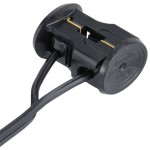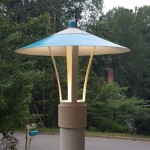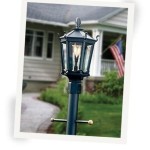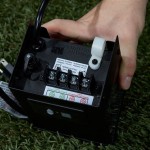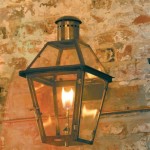Large Group Photography Lighting Outdoors
Photographing large groups outdoors presents unique lighting challenges. The vastness of the scene, the dynamic range of natural light, and the need to capture everyone in the group with flattering illumination require careful planning and execution. Understanding key lighting concepts and utilizing appropriate equipment can significantly enhance the quality of your large group photographs. This article will explore the essentials of lighting for large group photography outdoors, offering practical tips and techniques to create stunning images that capture the essence of the occasion.
Harnessing Natural Light
Natural light is a photographer's greatest asset, offering a soft, diffused quality that is ideal for portraits. When photographing a large group outdoors, maximizing the benefits of natural light is crucial. Here are key considerations:
- Time of day: The "golden hour," shortly after sunrise and before sunset, provides warm, soft light that casts flattering shadows. This time of day is particularly ideal for large group photos, as the low angle of the sun creates a more even illumination across the entire group.
- Overcast skies: While direct sunlight can create harsh shadows, overcast skies offer a soft, diffused light that is very flattering for group portraits. This light minimizes shadows and ensures everyone is evenly illuminated.
- Open shade: Open shade, such as under a large tree or awning, provides indirect light that is ideal for large group photos. This offers a softer, more diffused light than direct sunlight, reducing harsh shadows and ensuring everyone is well-lit.
Utilizing Artificial Lighting
While natural light is often the preferred choice, there may be situations where artificial lighting is necessary, particularly for large groups or evening events. Here are some key points to consider:
- Flash: While using flash for large group photos can be challenging due to the potential for uneven illumination and harsh shadows, a few techniques can make it effective. Using multiple flash units, diffusing the light with softboxes or umbrellas, and positioning the flashes strategically can help create balanced and pleasing results.
- Continuous lighting: Continuous lighting fixtures offer a more controlled and predictable light source, making them ideal for larger groups or when working with moving subjects. LED lights are particularly versatile, offering a range of color temperatures and dimming options.
- Backlighting: Backlighting, placing the light source behind the group, can create a dramatic effect, highlighting the subjects' outlines against the backdrop. This technique works well for large group photos, emphasizing their silhouettes against the setting sun or nighttime sky.
Essential Lighting Equipment
Investing in the right equipment can significantly enhance your ability to create stunning lighting for large group photos. Here are some key pieces of equipment to consider:
- Reflectors: Reflectors are essential for bouncing light back onto the subject, filling in shadows and creating a more even illumination. They come in various sizes and materials, each offering different light qualities depending on the reflector's finish (silver, gold, or white).
- Diffusers: Diffusers soften the light source, making it more flattering for portraits. They can be used with natural light (such as large diffusers for open shade) or artificial light (such as softboxes or umbrellas).
- Flash units: Flash units, particularly multiple units, can be invaluable for large groups, especially in low-light situations. Using multiple flashes allows you to control the direction of light and minimize uneven illumination.
- LED lights: LED lights offer a versatile and portable lighting solution for large group photos. They are energy-efficient, provide consistent light output, and offer a range of color temperatures and dimming options.
In conclusion, mastering lighting for large group photography outdoors involves a balance of understanding natural light, utilizing artificial lighting when necessary, and investing in the right equipment. By harnessing these tools and techniques, you can create stunning images that capture the energy and joy of large group gatherings, ensuring everyone looks their best in your photographs.

Strobist On Assignment Full Sun Group Shot

How To Take A Group Photo Poses Composition Lighting

How To Take A Group Photo Poses Composition Lighting

How To Light Outdoor Group Shots With Bare Bulb Flashes Lighting Large Photos

Wedding Photography Lighting Large Groups

How To Take A Group Photo Poses Composition Lighting

How To Take A Group Photo Poses Composition Lighting

Tom Jung Photography Lighting Big Groups Outdoors

How To Shoot Beautiful Portraits In Harsh Sunlight The Youngrens San Diego Photographers Educators

How To Take Large Group Photos With Everyone In Focus
Related Posts


